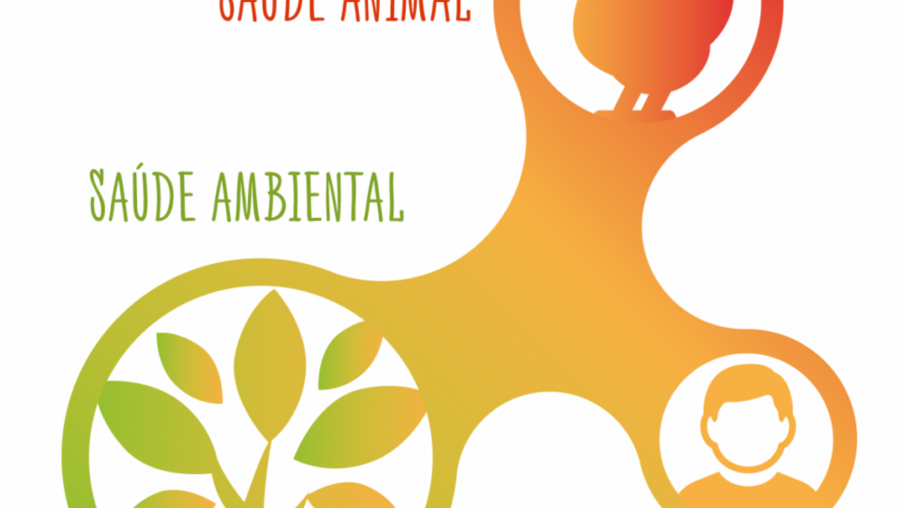
The One Health term has as main objective to try to reduce the risks of emergence and spread of infectious diseases resulting from the interface between animals, humans and ecosystems. According to the One Health perspective, there are four areas that influence the health situation in a given territory: the environment, social issues, the economic aspect and behaviors. Hence the need for interdisciplinary collaboration, aimed at improving human and animal health.
Recently, the world has gone through a period of reemergence of the most diverse diseases, arising mainly from this interrelationship between the environment, humans and animals. For this reason, Unique Health has gained more and more space within scientific discussions that deal with issues related to epidemiology. As in 2017, AveSui brings this theme back to the debate, with a panel completely dedicated and open to the entire public at the fair, which takes place from July 28 to 30, in Medianeira, in western Paraná.
But what is the Concept of One Health?
The expression, One Health, is recent, but the concepts that support it are much older. German pathologist Rudolf Virchow (1821-1902) already stated in the 19th century that there are no divisions between animals and human medicine; nor should there be. He was responsible for coining the term zoonosis.
Throughout the following century, scientists linked to various specialties found that there was a similarity between the infectious processes caused by diseases in humans and animals. However, human and veterinary medicine followed their trajectories as practices totally independent of each other. Only in recent years has an effort been made to bring these two areas closer together.
With the launch in 1984 of the work “Veterinary Medicine and Human Health”, the American veterinarian Calvin W. Schwabe (1927-2006) discussed and reinforced the importance of the junction between human, animal and environment health. In the book, he adopts the expression “One Medicine” and starts to defend this concept, which shortly afterwards would become better known as “One Health”.
In 2007, during the International Ministerial Conference on Avian and Pandemic Influenza, held in New Delhi, India, which was attended by representatives from 111 countries and 29 international organizations, governments were encouraged to apply the concept of One Health, building bridges between human and animal health systems. At the same year, international organizations such as the World Organization for Animal Health (OIE), World Health Organization (WHO) and United Nations Food and Agriculture Organizations (FAO) started to develop joint strategies within the One Health concept. The objective is try to reduce the risks of emergence and spread of infectious diseases resulting from the interface between animals, humans and ecosystems.












